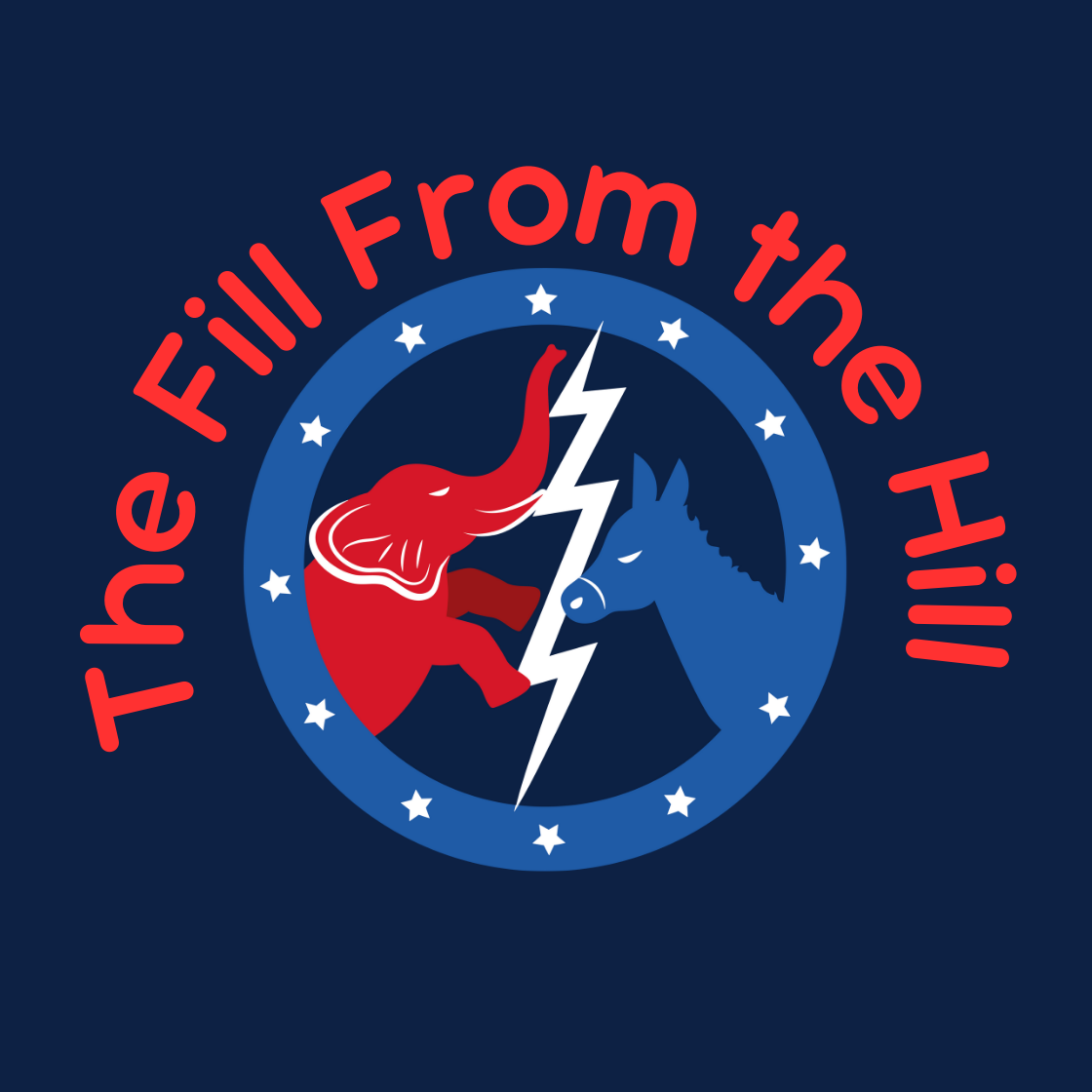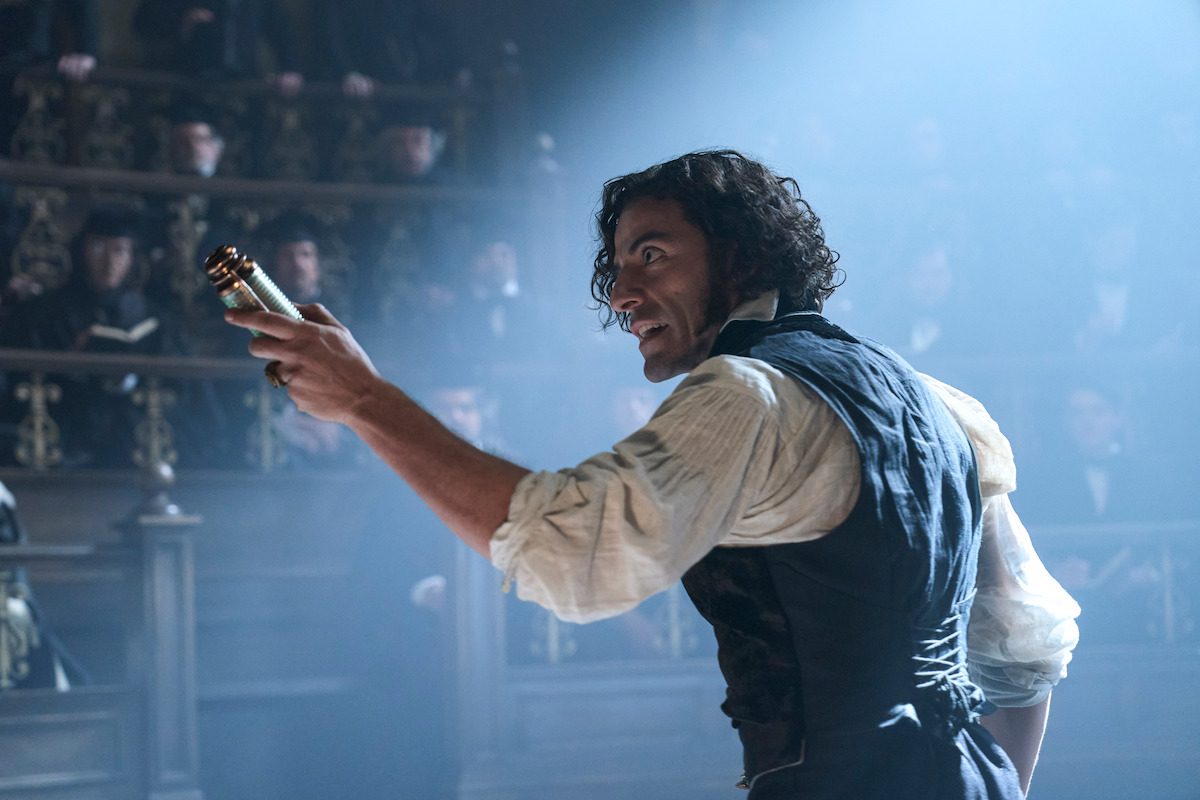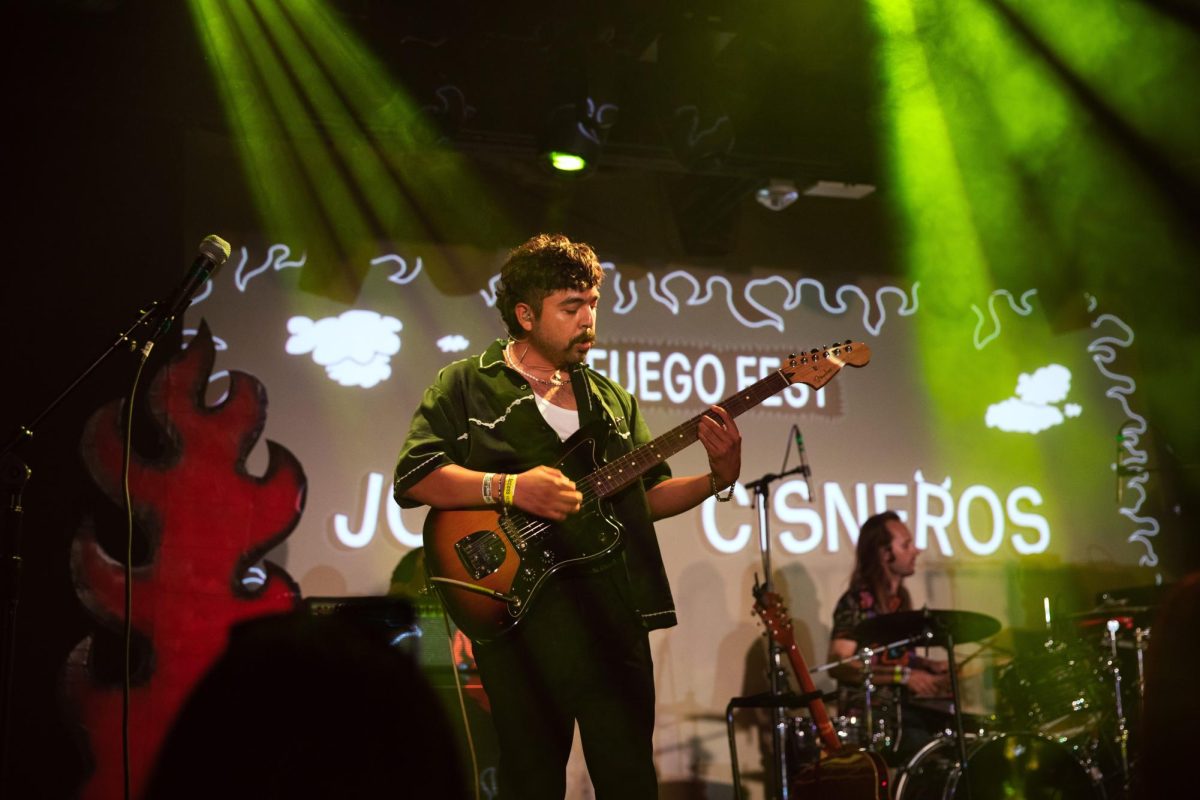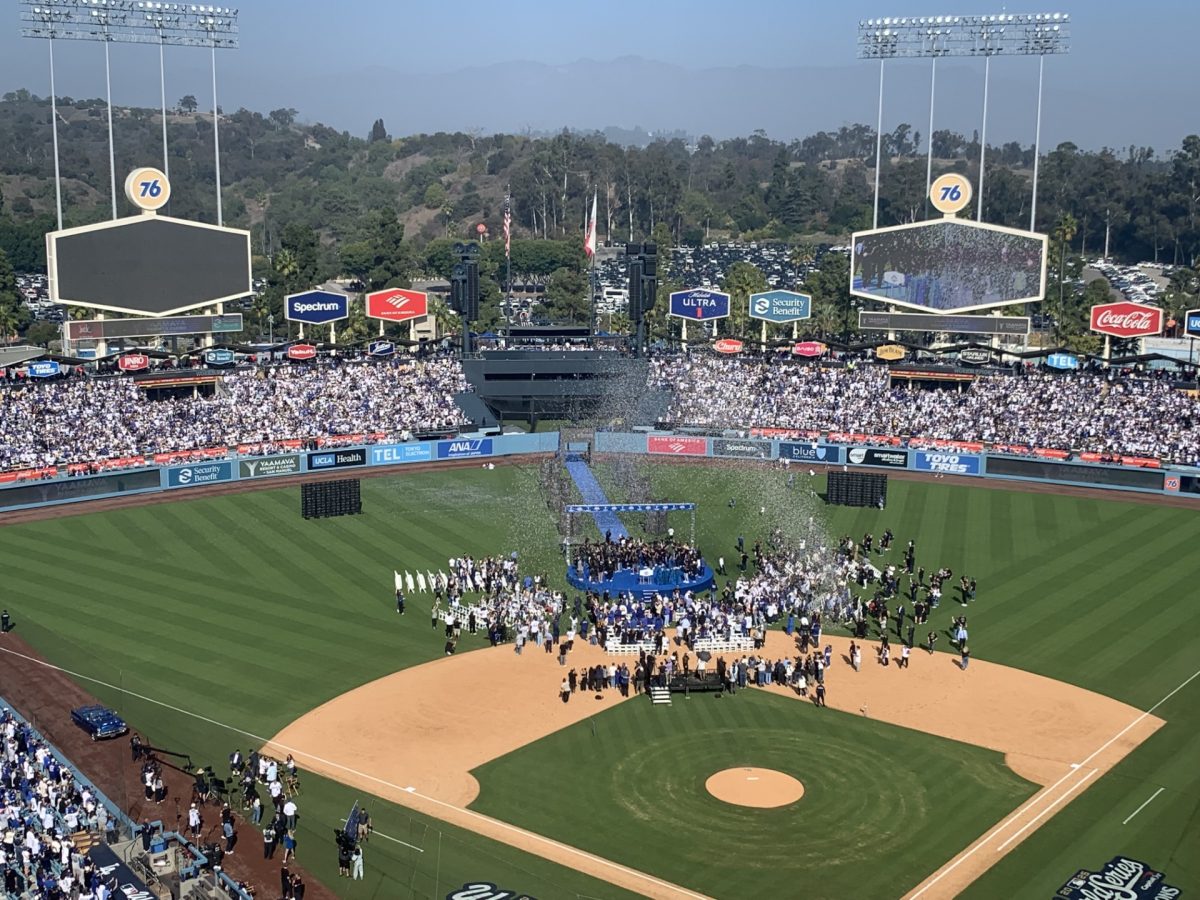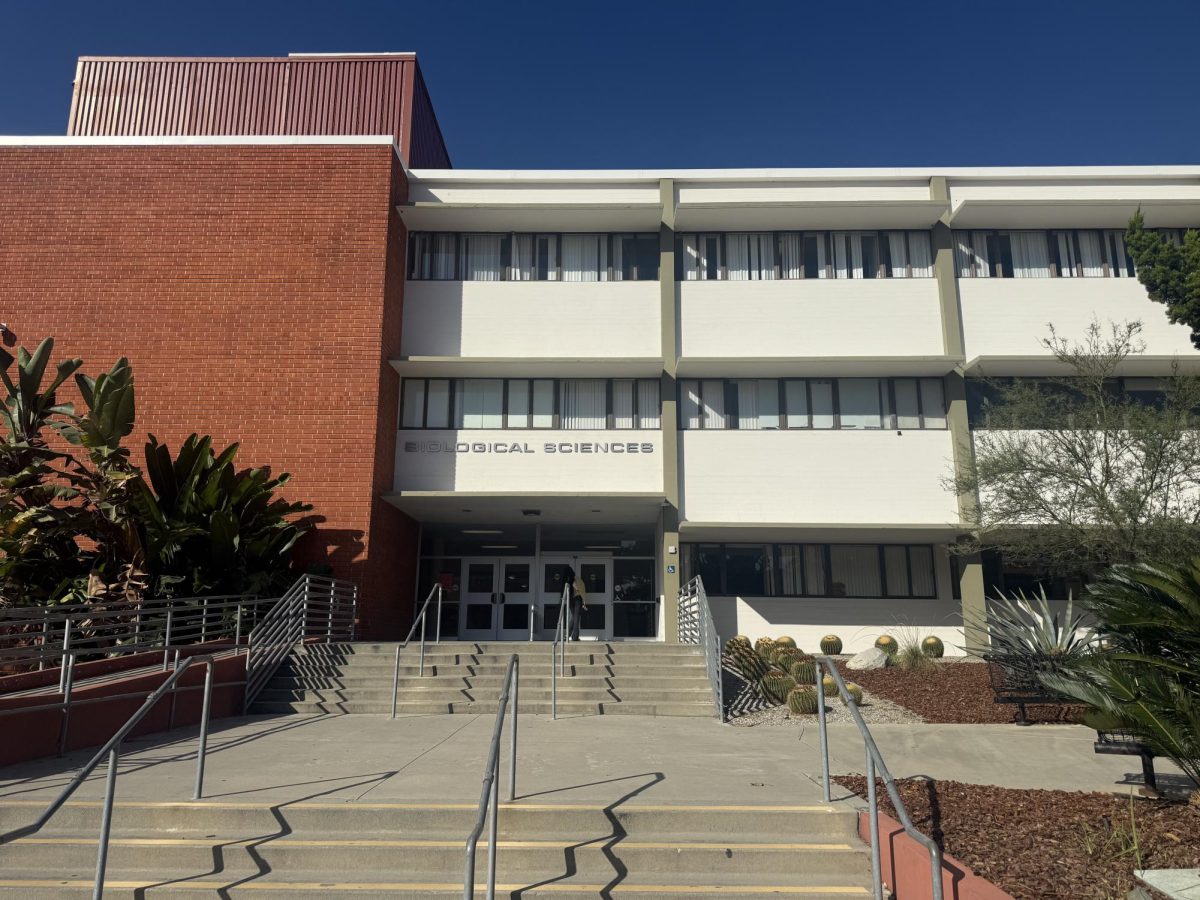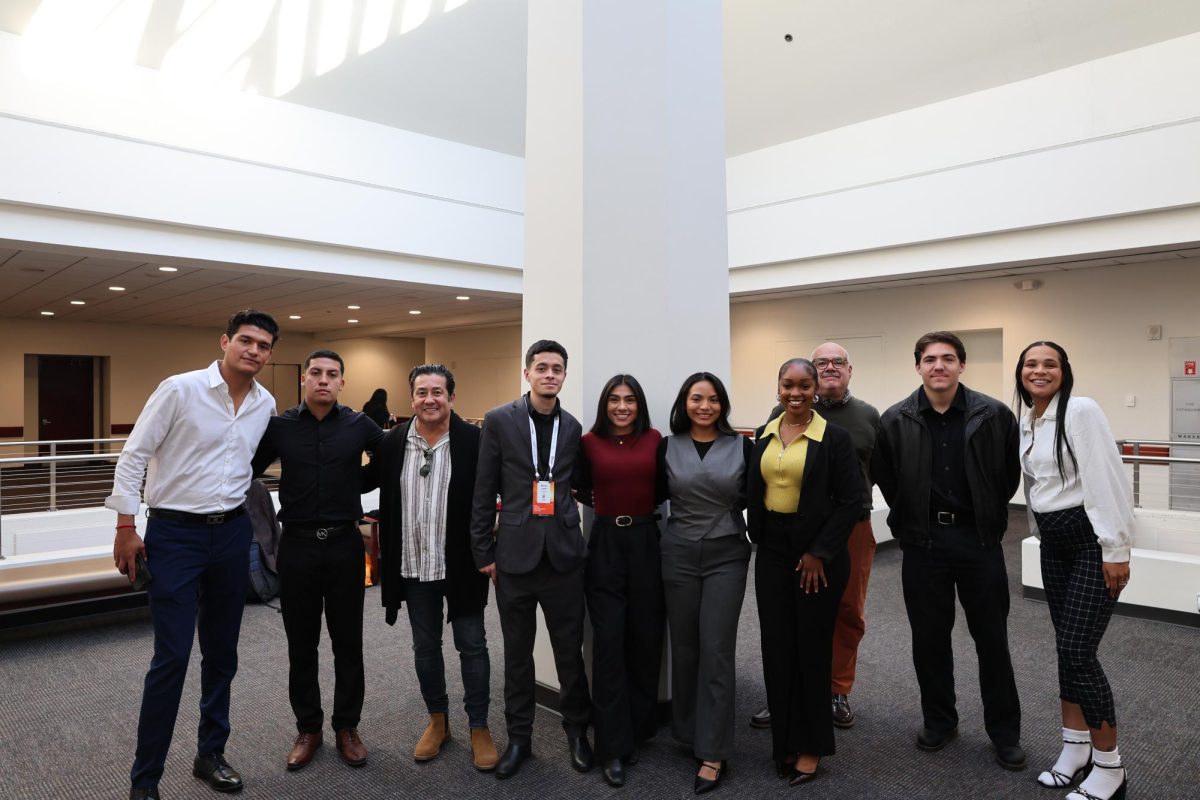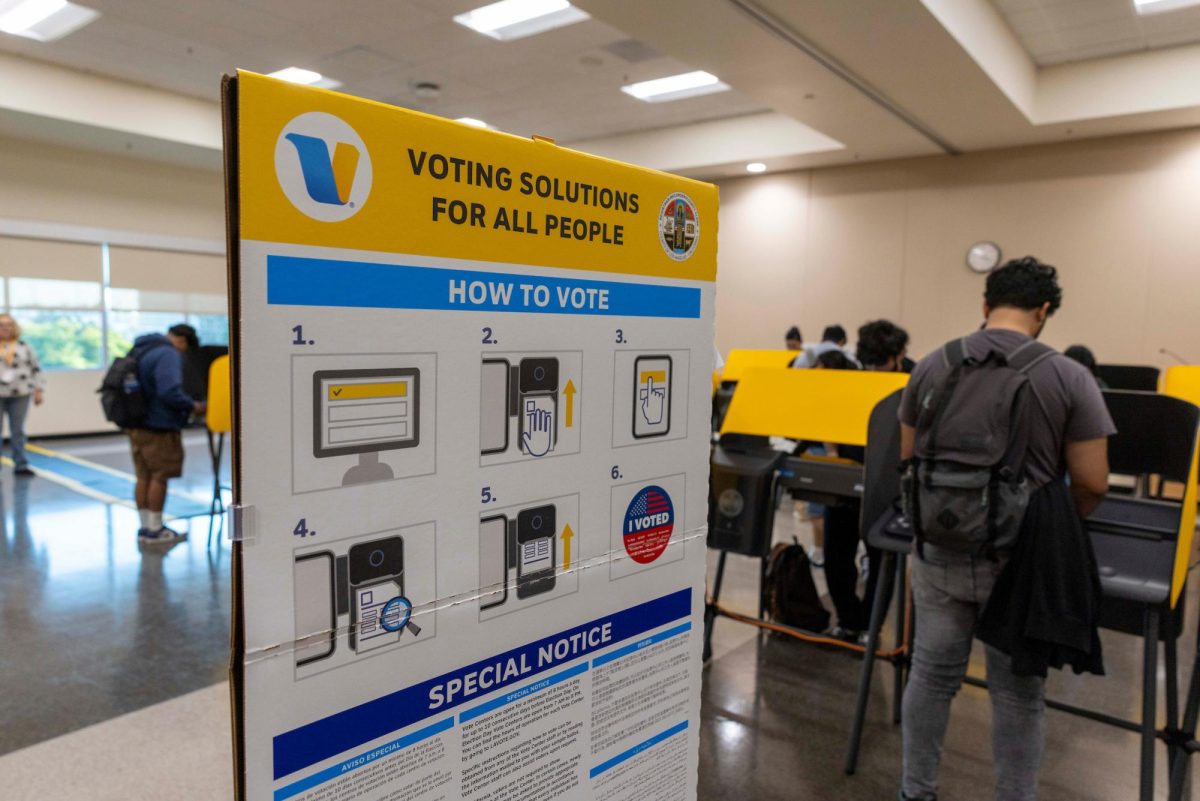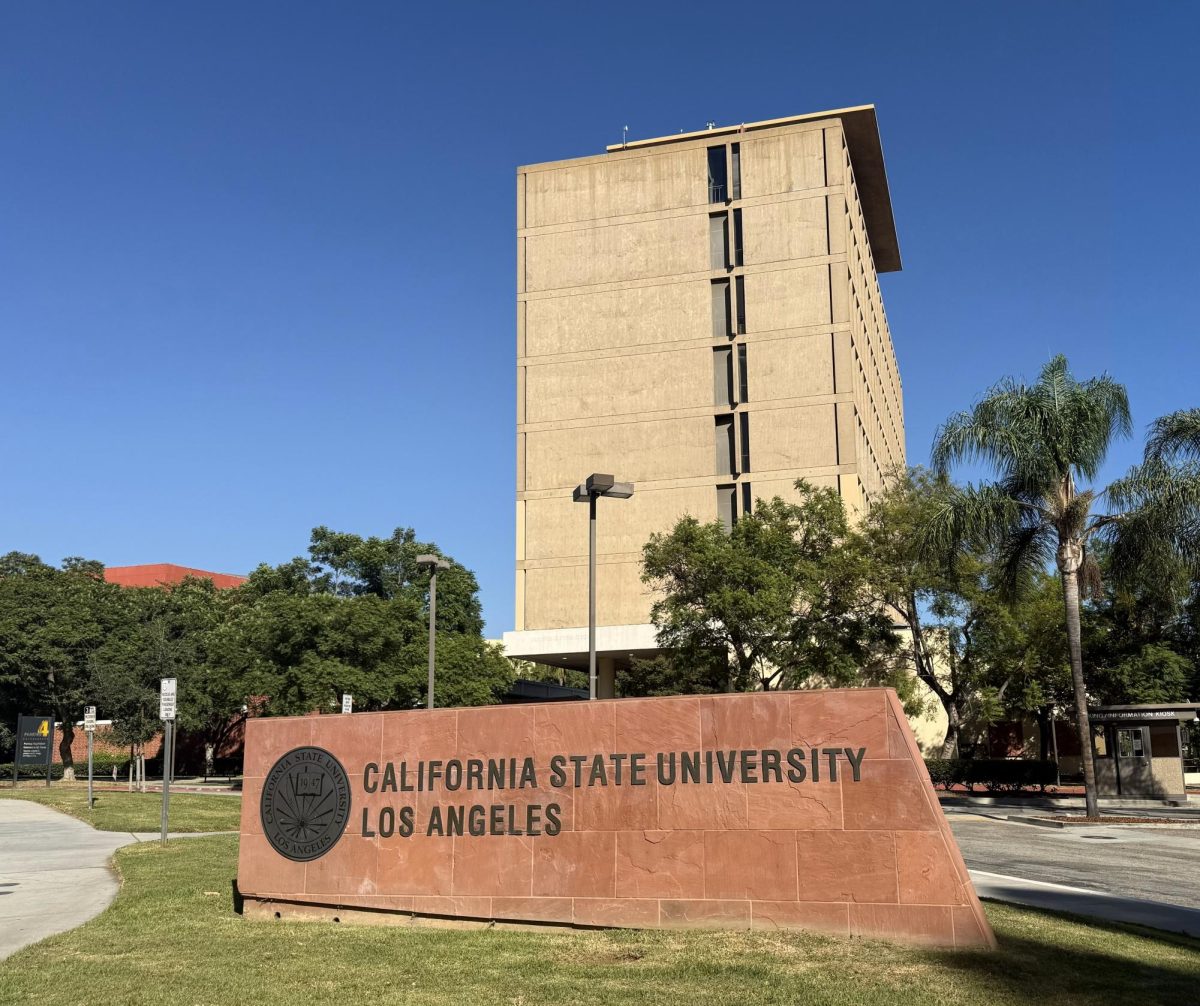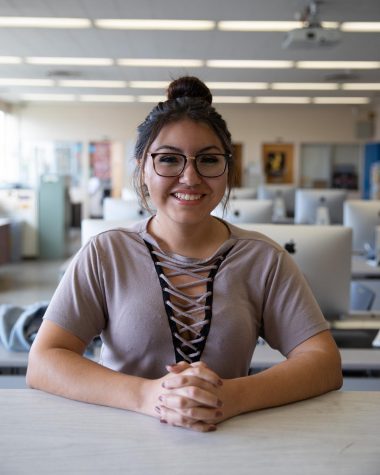Cal State LA’s undergraduate program in the Television, Film and Media Studies department has received a grant of $1 million to support diversity in filmmaking. This donation is part of an ongoing five-year partnership between the University and Hauser & Wirth Gallery to use film as a tool for a positive social change in the Los Angeles community. The donation will be dispersed over the course of five years, and will go towards purchasing new equipment and software, faculty support and student mentorship.
Since Fall 2017, the Television and Film department and Hauser & Wirth, an international modern and contemporary art gallery, has partnered for a course offered to undergraduate students titled Community Impact Media. The course, taught by Cal State LA Assistant professor and filmmaker Heather Fipps, is designed for student filmmakers to be given a mentorship in creating original short documentaries on local nonprofit organizations, while getting a hands-on experience in media production.
Professor Fipps was introduced to Hauser & Wirth after working on a documentary with one of their artists, where she shared the work she did with the Cal State LA community.
Fipps mentioned that the engagement between the young filmmakers and the community caught the gallery’s attention.
“It shares important community initiatives with a wider audience, and provides a high-quality media product that the Nonprofits can use to further their work,” said Fipps.
In a press release statement, Marc Payot, the vice president of Hauser & Wirth stated, “Cal State LA’s commitment to civic engagement and public service aligns perfectly with our gallery’s desire to contribute to the communities where we work. We want to support scholarship in all forms from art, historical research, and the preservation of artists’ archives, to the efforts of young students seeking to become community activists themselves through the art and films they are learning to make”.
In addition to the mentorship, students are paired with filmmakers and public relations professionals who assist students in providing feedback from editing, visual effects, story building, directing and marketing techniques.
“The Community Impact Media Course has the ability to capture and share the authentic stories of many Los Angeles communities and share them with a wider audience,” said professor Fipps. “Together, the partnership allows us to create a reusable resource for nonprofits and community initiatives in the form of a video and a platform to share the incredible work that they do to make Los Angeles a better place.”
The class results in 10 short documentaries regarding a different issue every semester. A few of the nonprofits that are featured in students’ documentaries include: Piece by Peace in Los Angeles, My Friend’s Place in Hollywood, Communities for a Better Environment in Huntington park and Green Technology in Altadena.
In its first semester, students focused on the work of Los Angeles based nonprofits; meanwhile, during its second semester, the students worked with the issues of mass incarceration such as Cal State LA Prison Graduate Initiative and Project Rebound. Last semester, students expanded their work regionally as they focused on issues addressing environmental changes in the State of California. Currently in its third semester, over 50 students have participated in the Community Impact Media course.
Lola Salgado, an undergraduate film major enrolled in the course for Fall 2018, directed her own documentary based on the nonprofit Communities for a Better Environment.
“The course is like no other in the TVF program. What’s beautiful about it is that you don’t need to know everything about film-making to take the course,” said Salgado. “I had the opportunity to work closely with Communities for a Better Environment and I’m speechless. Getting to know the members of all ages and all they do for their communities is absolutely amazing.”
At the end of the semester, students premiered their documentaries for the public at the Hauser & Wirth in Los Angeles, located at 901 E. 3rd St. Students’ work is also available for viewing online through the Hauser & Wirth website.


